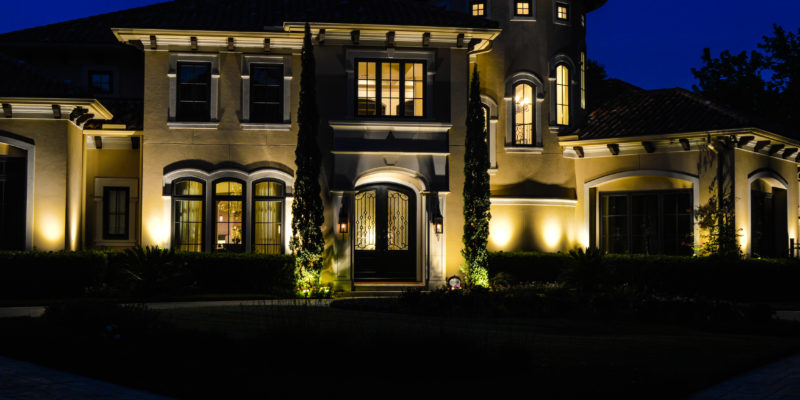The Cost & Payback Of A Skilled Lighting Services In Houston
As a profession, architectural lighting design has proven to be successful due to the numerous solid answers to this particular question: Why would an owner or architect pay to get lighting design services whereas it can be done by a salesperson or in the house at no extra cost? The charge fee for a lighting designer is tough to justify when the value and extent of the services rendered aren’t recognized. However, those architects and owners who have gained from independent and skillful lighting design understand there are short and long-term paybacks outweighing the fee. Lighting designers can be a value-added and unique resource. In most cases, a lighting designer will minimize project construction and operation cost. Here are some instances where this is demonstrated repeatedly.
1. Equipment Cost Control
Lighting designers can give a design meeting a set budget but will be more useful when planning the budget. They will choose equipment from various manufacturers to assist in keeping bids competitive and make recommendations on lighting techniques or equipment to help in reducing installation costs. Their presence will only encourage competition. But some lighting fixtures are ‘one of a kind’ in which case the price can be acquired directly from the manufacturer. To identify gross anomalies, the unit pricing obtained during the design development can be compared to the unit pricing the bidding contractors give. The design might also recommend distributors for them to get additional competitive bids. Lastly, the lighting designer will work alongside the owner’s representative and contractor(s) to attain budget goals without sacrificing the design.
2. Operations Cost Control
Minimizing the operations costs the owner may prove to be an integral part of design decisions with such measures benefitting the project practically and aesthetically. Lifecycle cost evaluation compares the Return On Initial Investment of different technologies or techniques. Usually, costs can be mitigated if the space isn’t over-lighted. Over-lighting can occur if the specifier utilizes rote horizontal footcandle prescriptions or does not understand visuals and task issues of the project. Many a time, the specifier is dependent on recommendations from the equipment’s salespersons. There are hundreds of ways a pro designer can minimize costs and improve the project in general. Enhancing the reflectance of surfaces can assist in reducing operating costs and lighting equipment. Selective spotlighting is essential to retail sales. Incorporating daylight with electric lighting will save on energy and offer a satisfying connection to the world.
3. People Costs
Light quality impacts people on a variety of levels. New studies suggest that lighting affects safety and security, retail sales, wayfinding, and the productivity of employees. Professional lighting designers are conversant with such issues and the methods needed to achieve those results. The cost incurred for poor lighting that just meets the standard code simply isn’t worth it in locations where the ‘people factor’ is key.
4. Aesthetic Costs
Skills can easily be acquired and learned, whereas talent cannot. Architects are fully aware of how the value-adder for creative and brilliant design is challenging to evaluate and is contingent on the decision-maker’s appreciation. Bu the difference a sufficing lighting design and another that brings the architecture to its realization is more or less felt.
If you would like to discover more tips and tricks from Robert Huff Illuminations; visit our blog. Call or contact us today if you need a professional lighting designer with your outdoor lighting design. Missed the first issue of this article? Click here!

